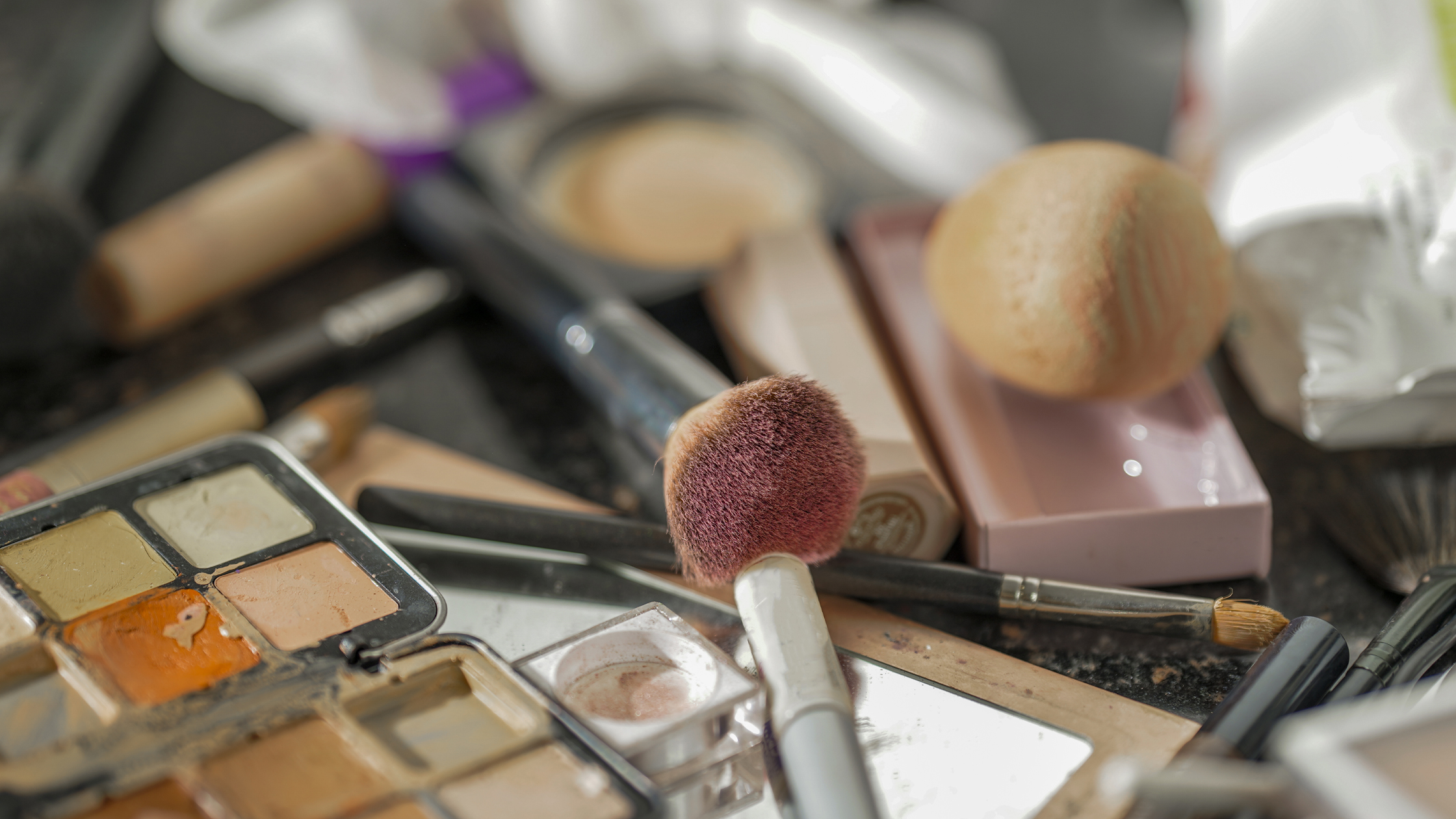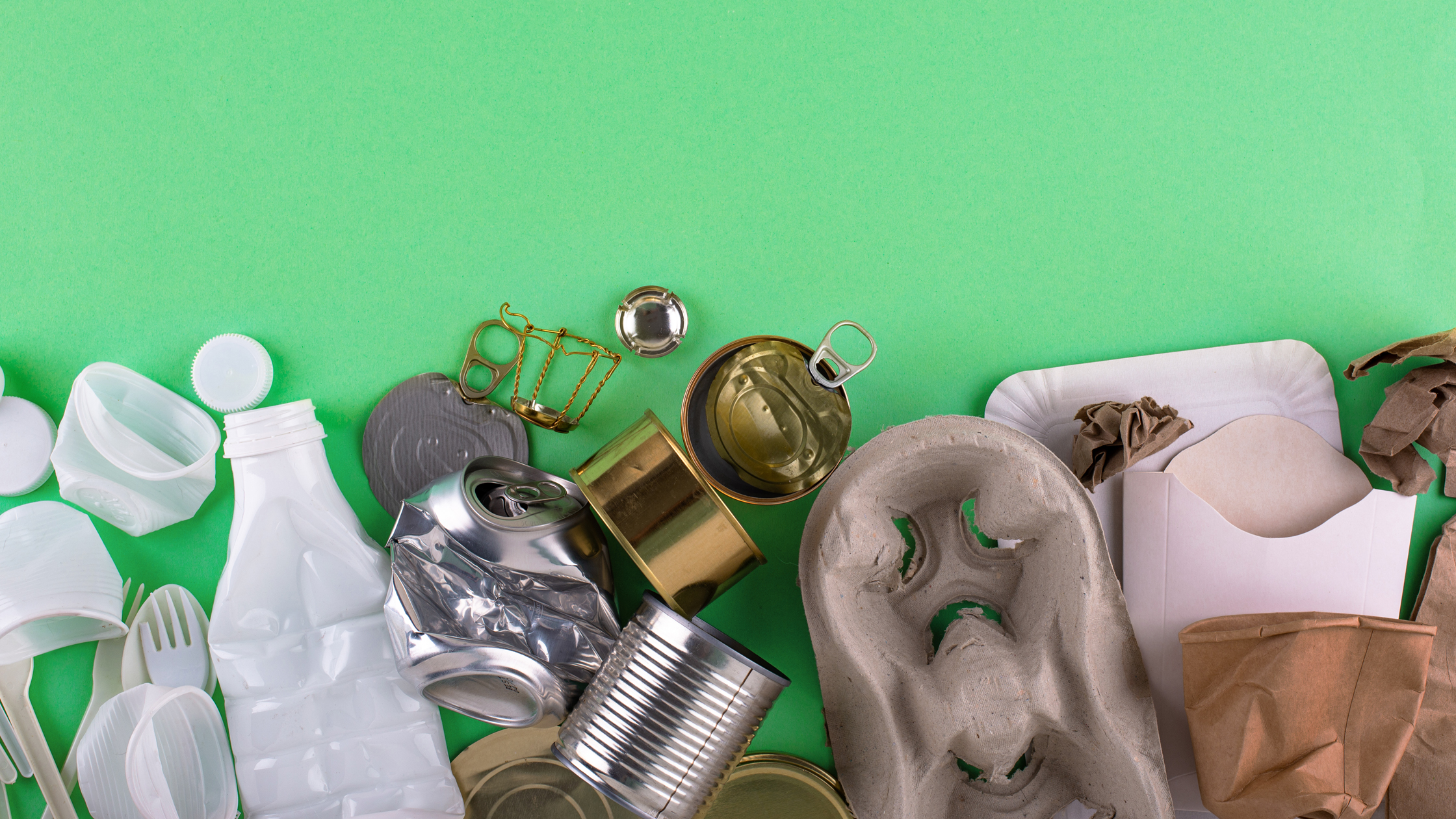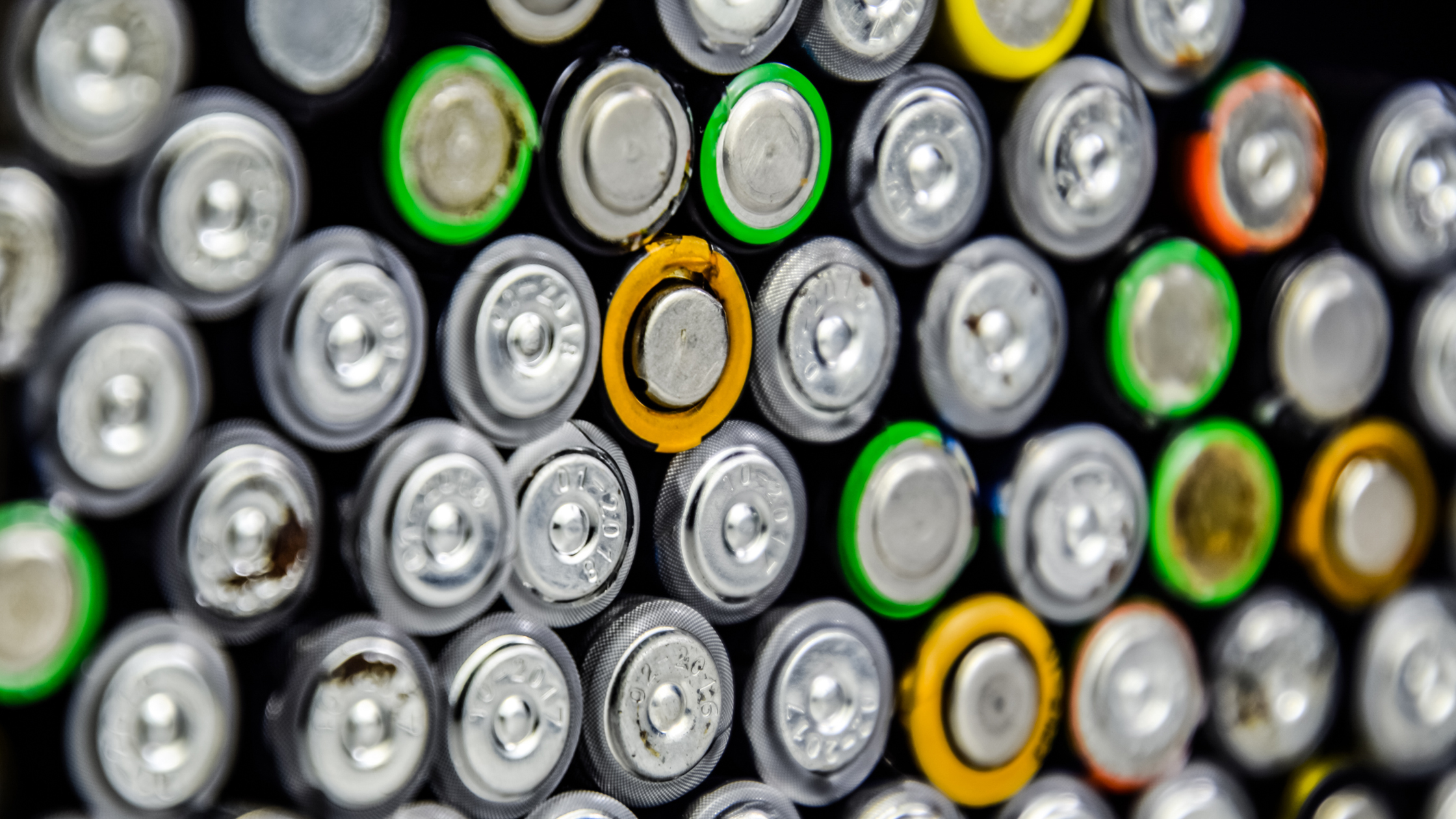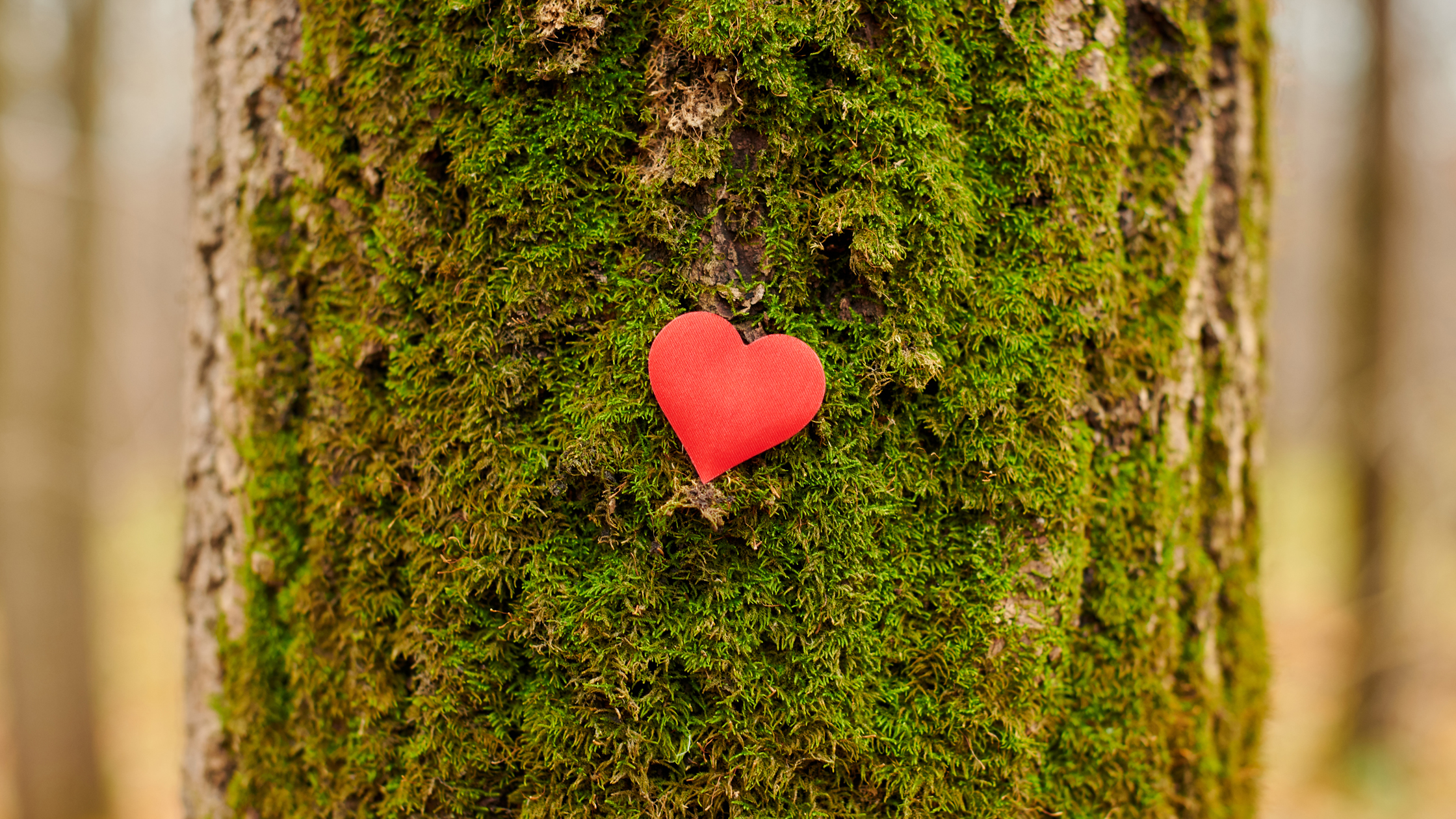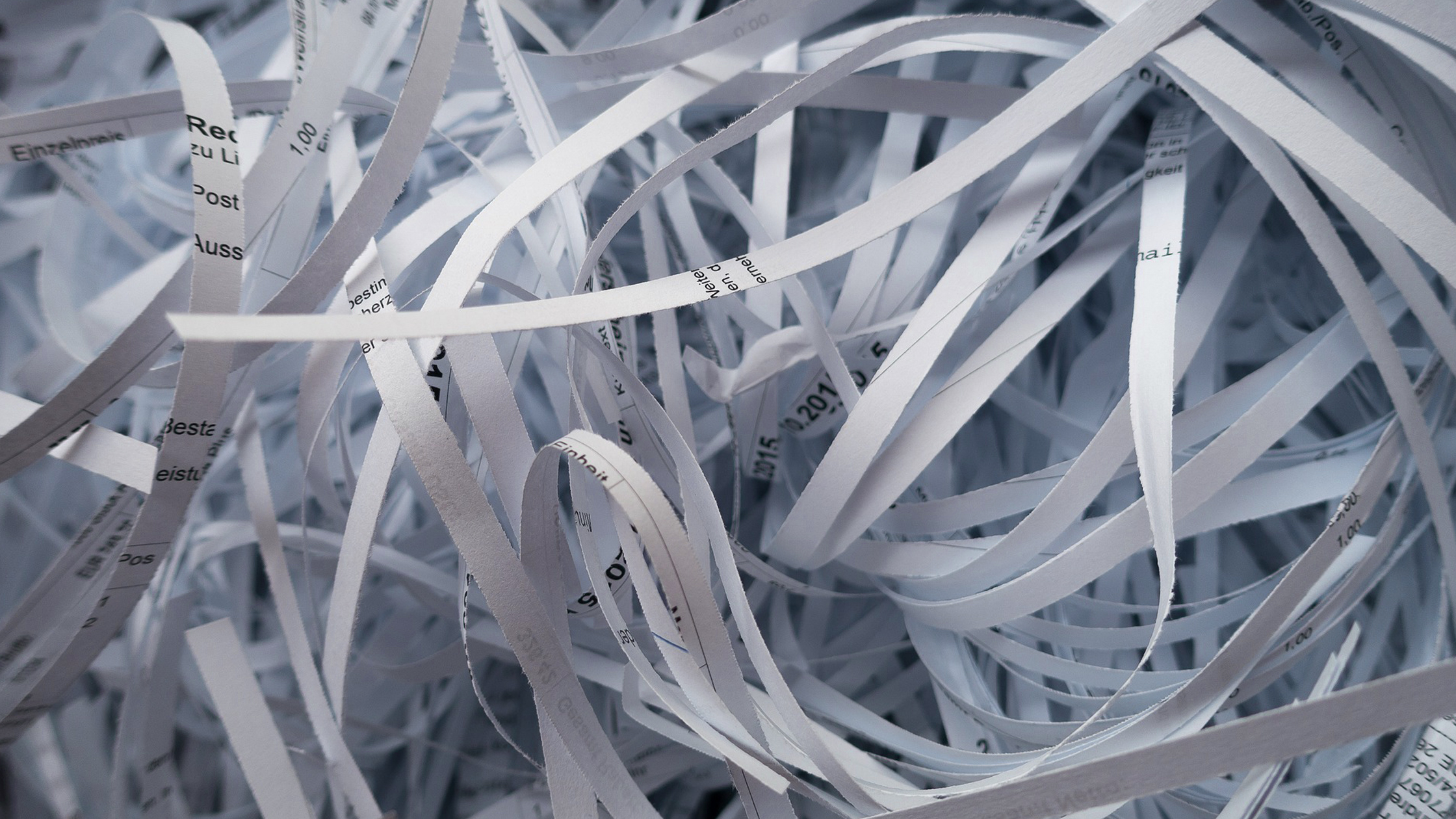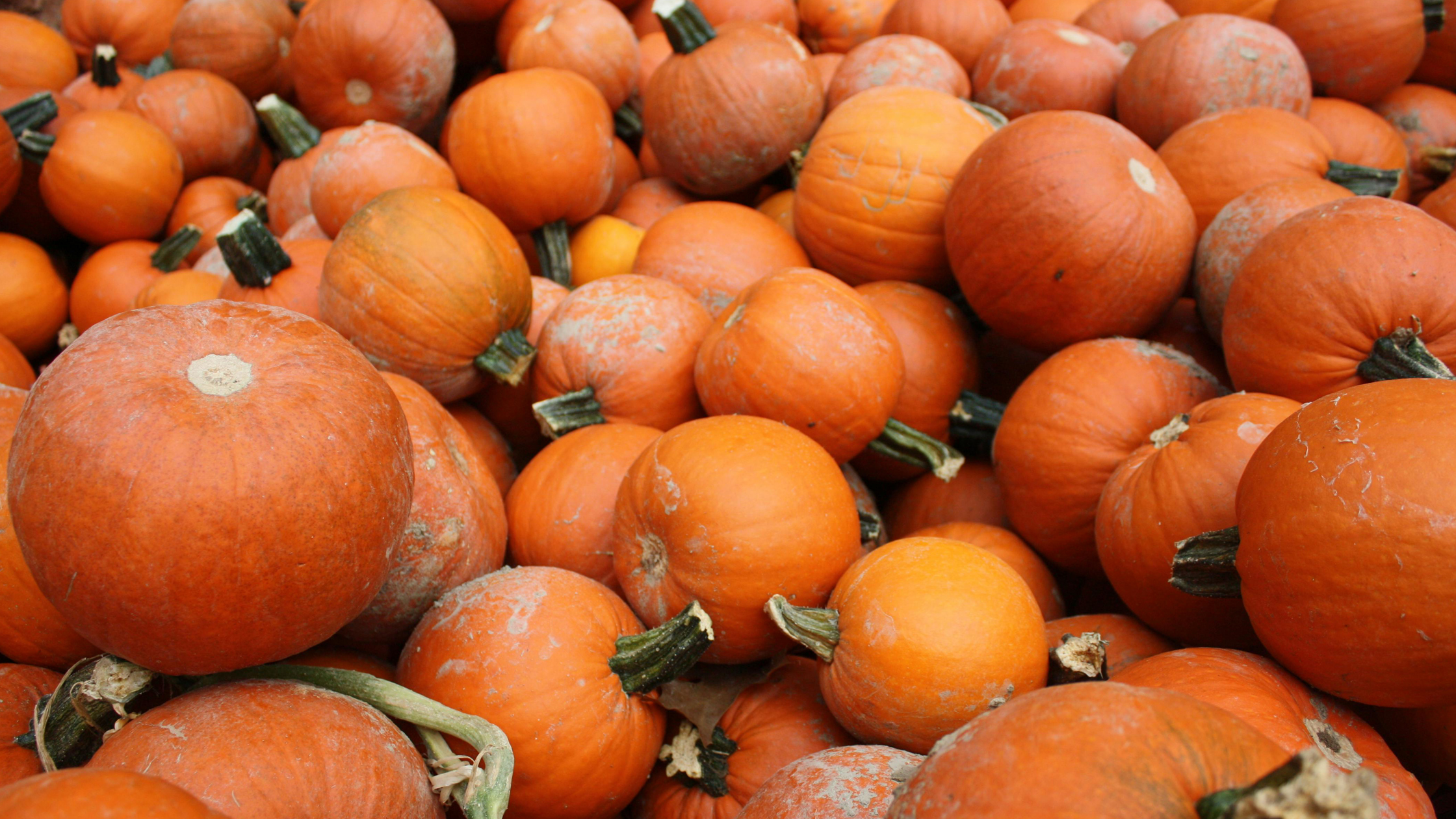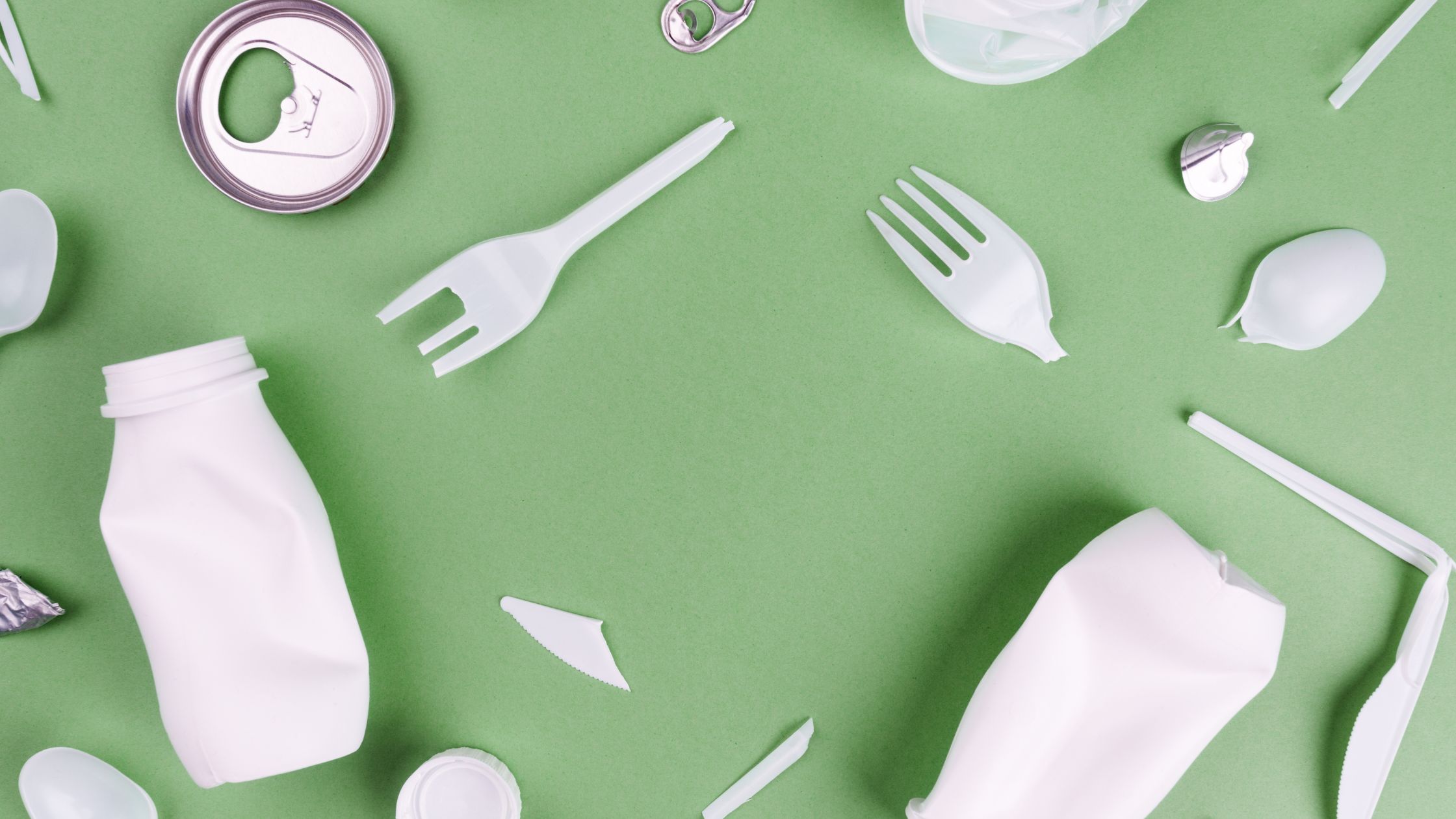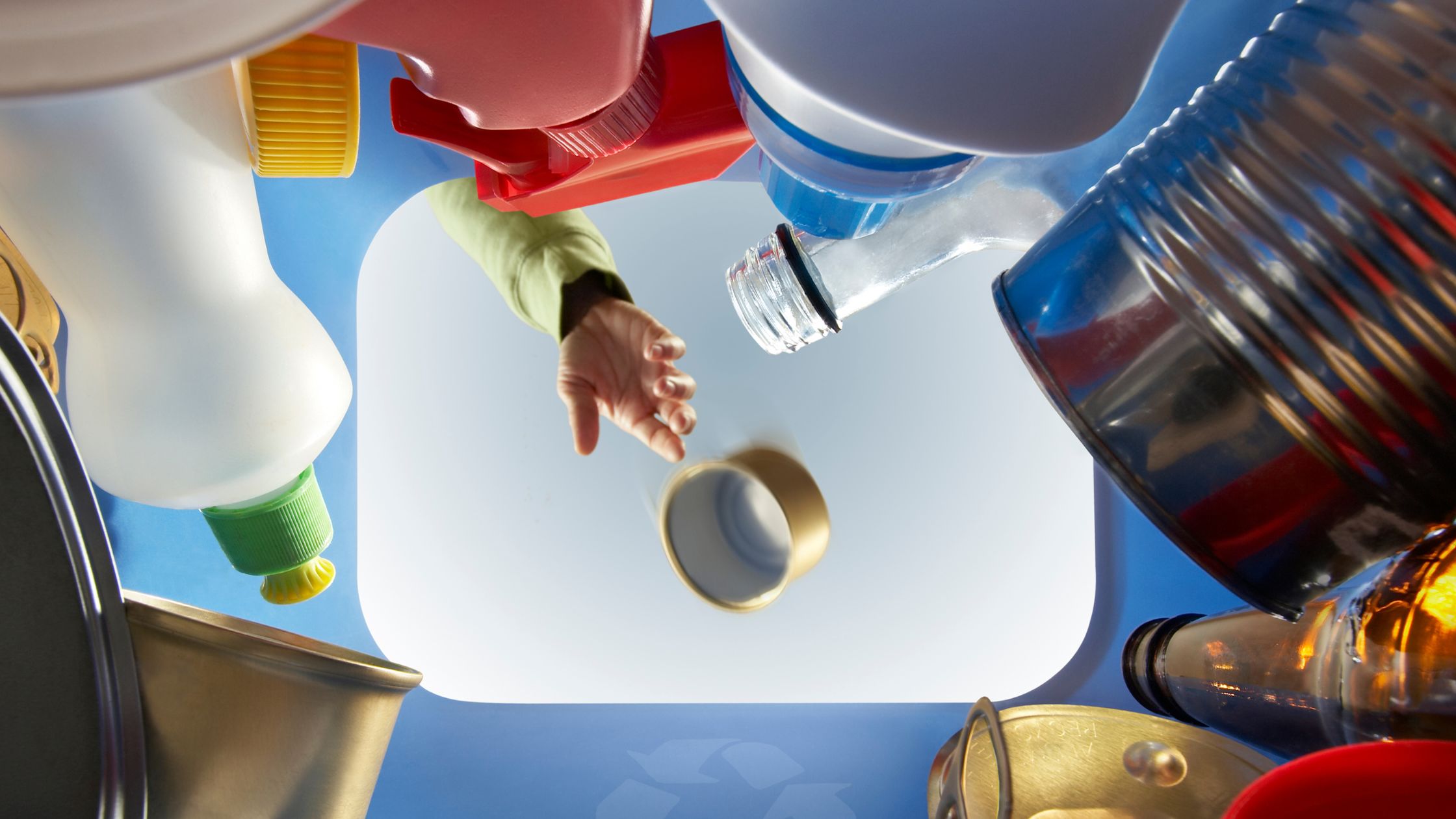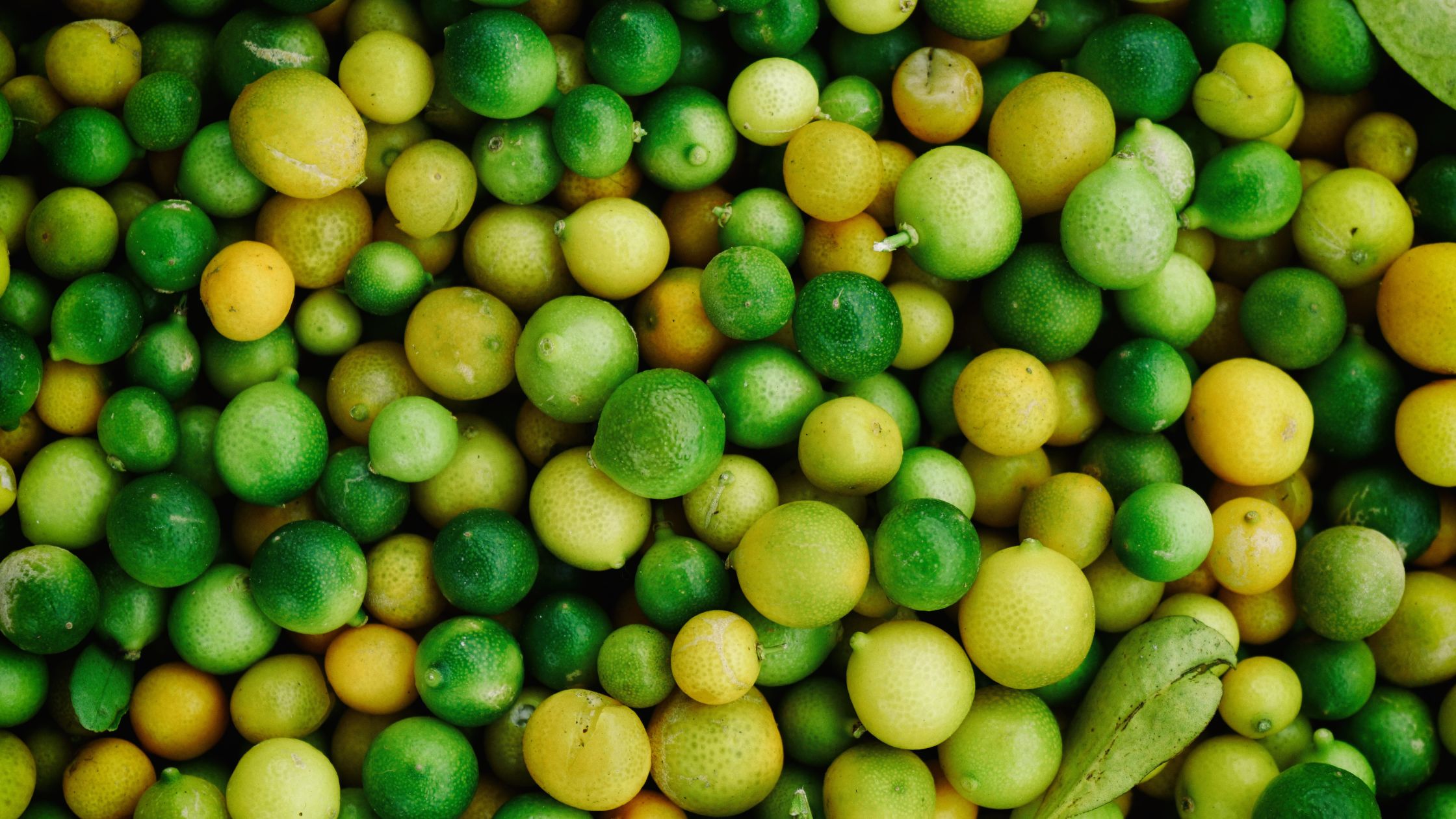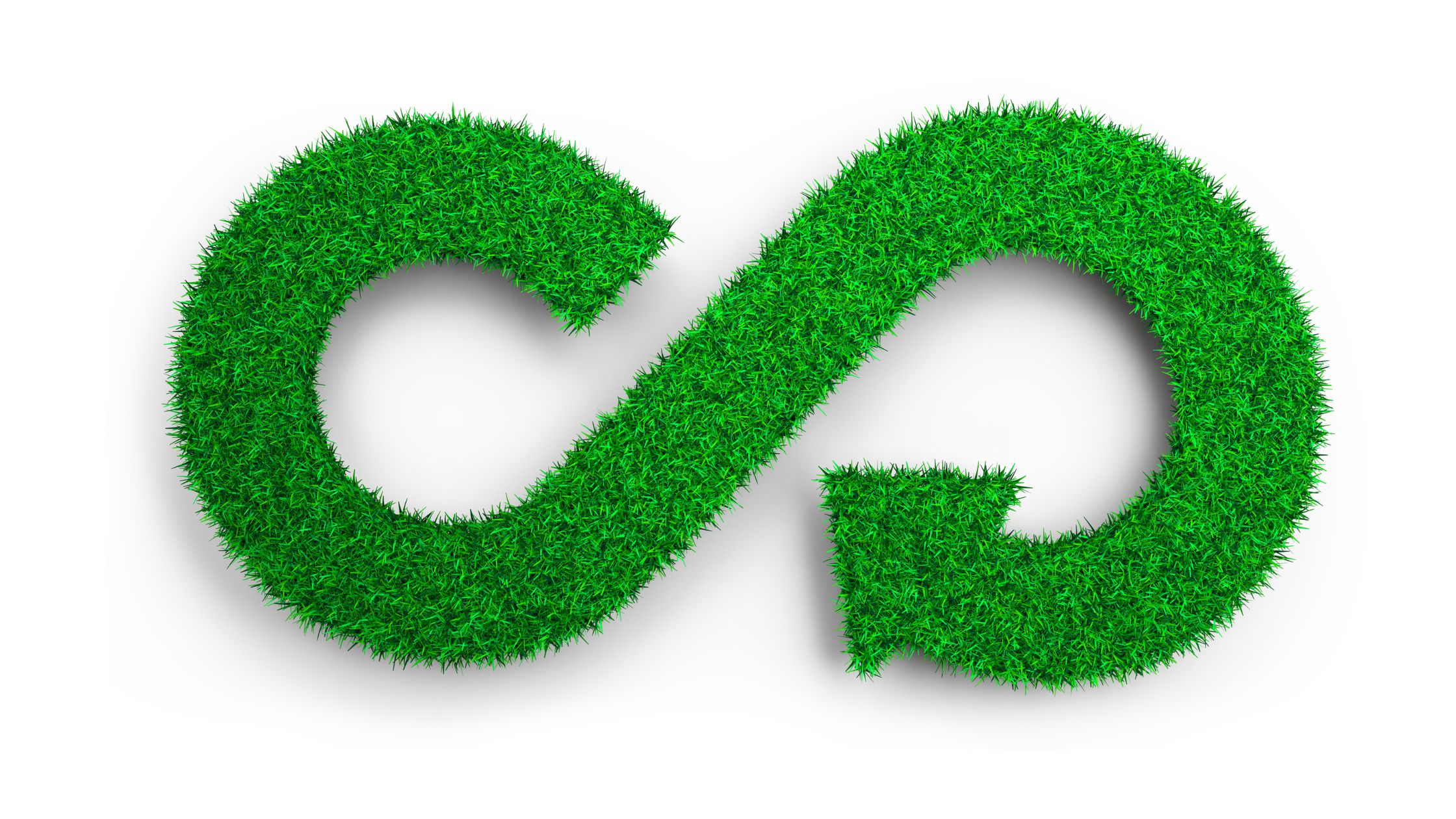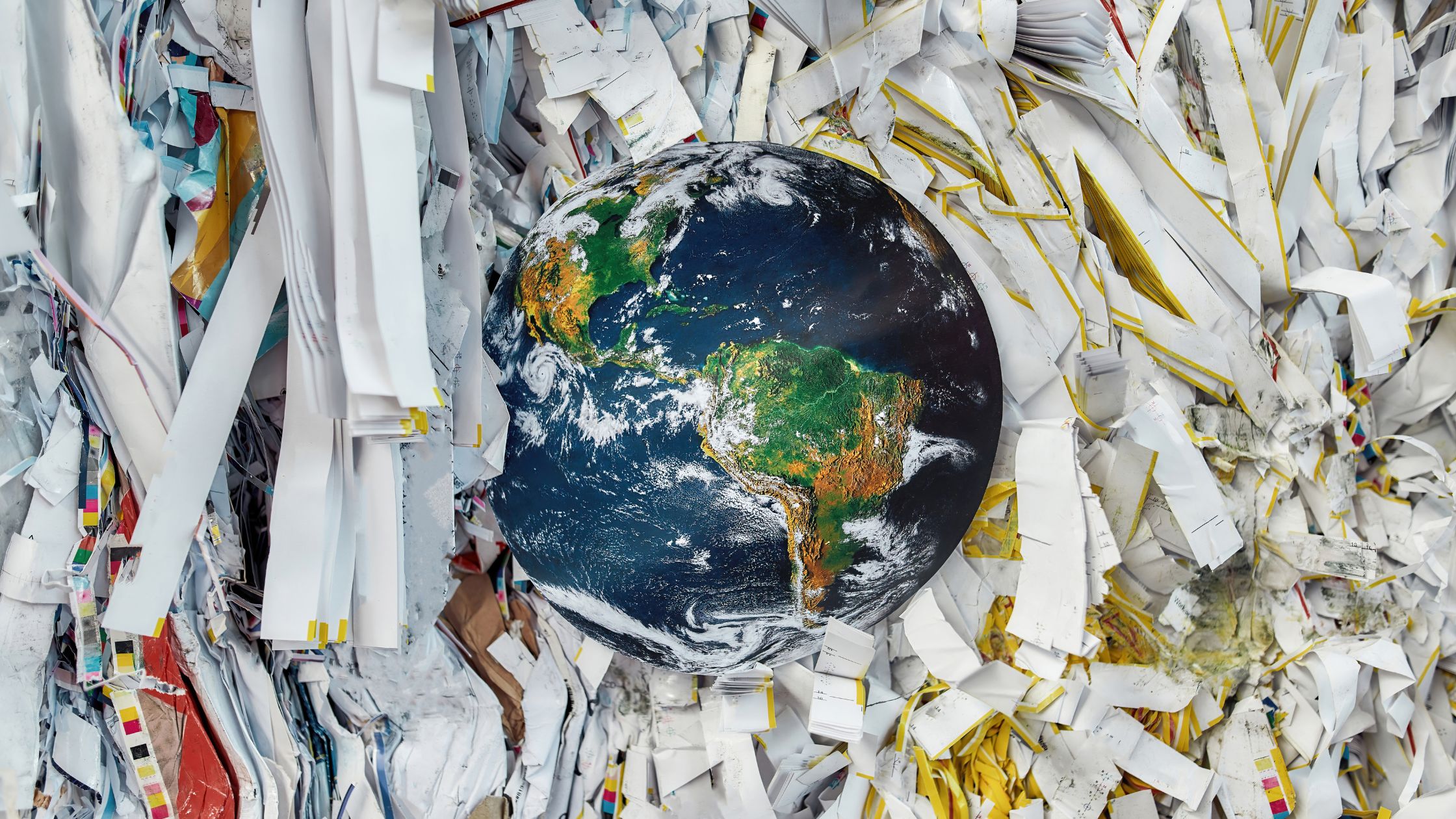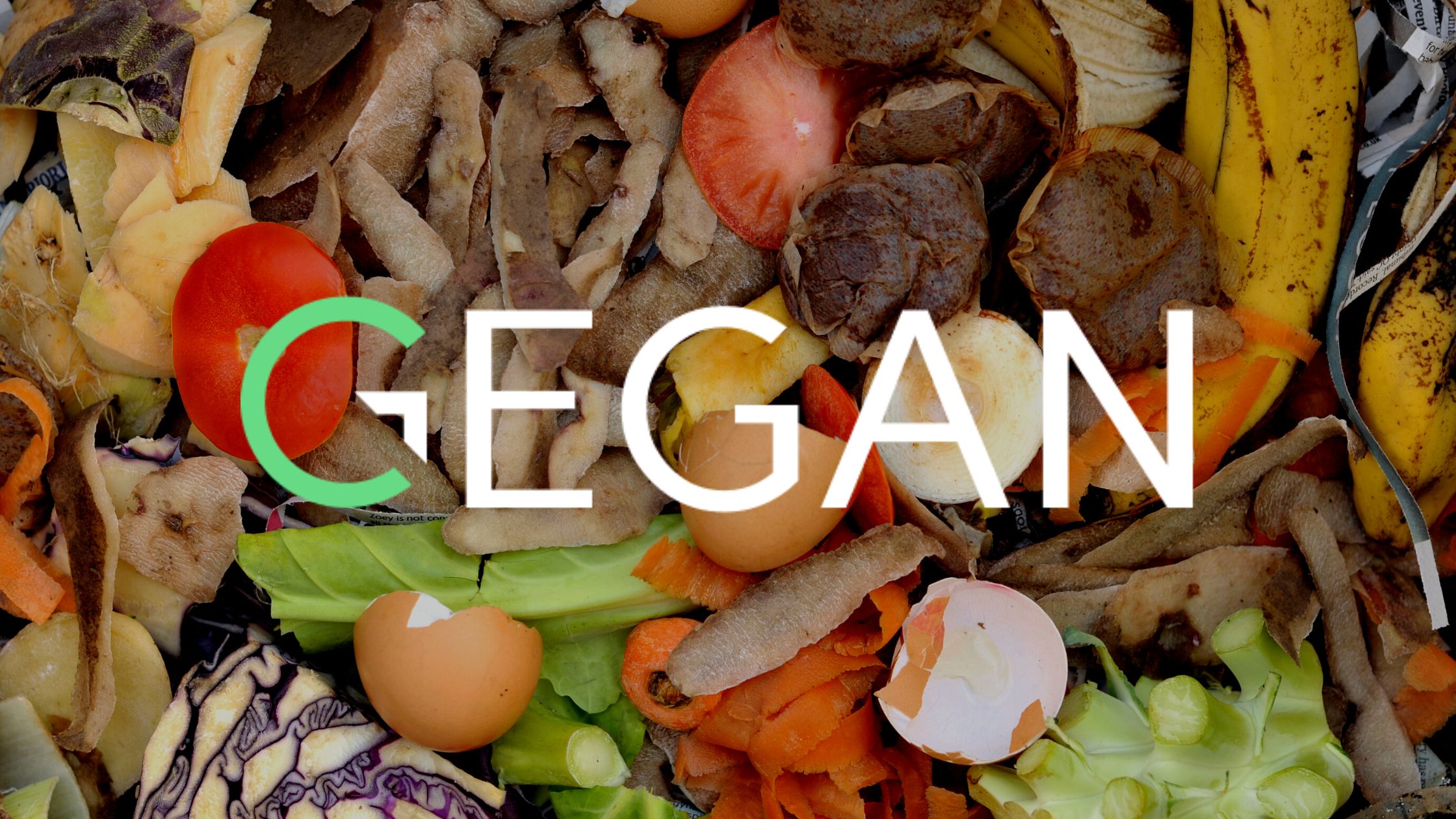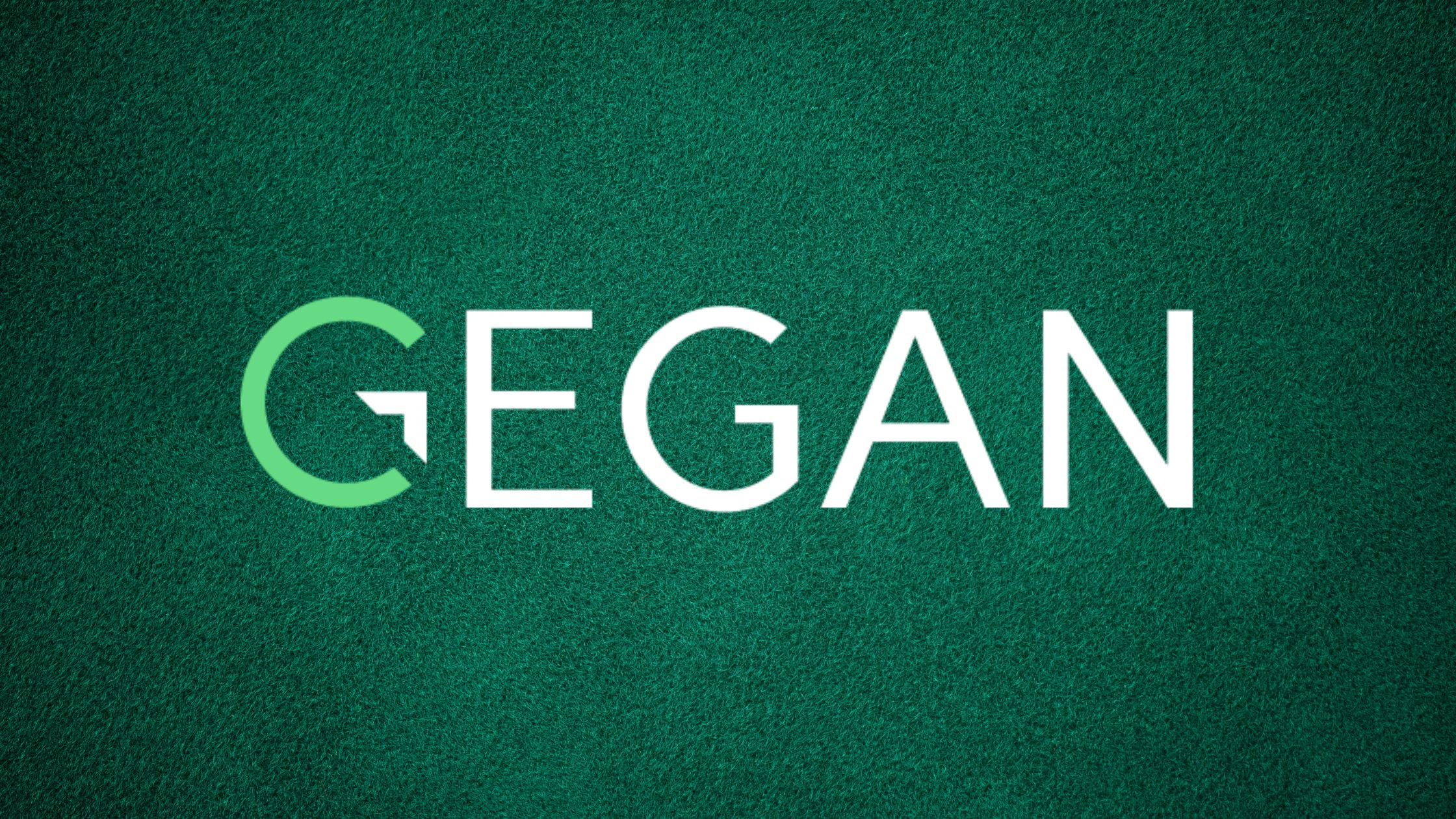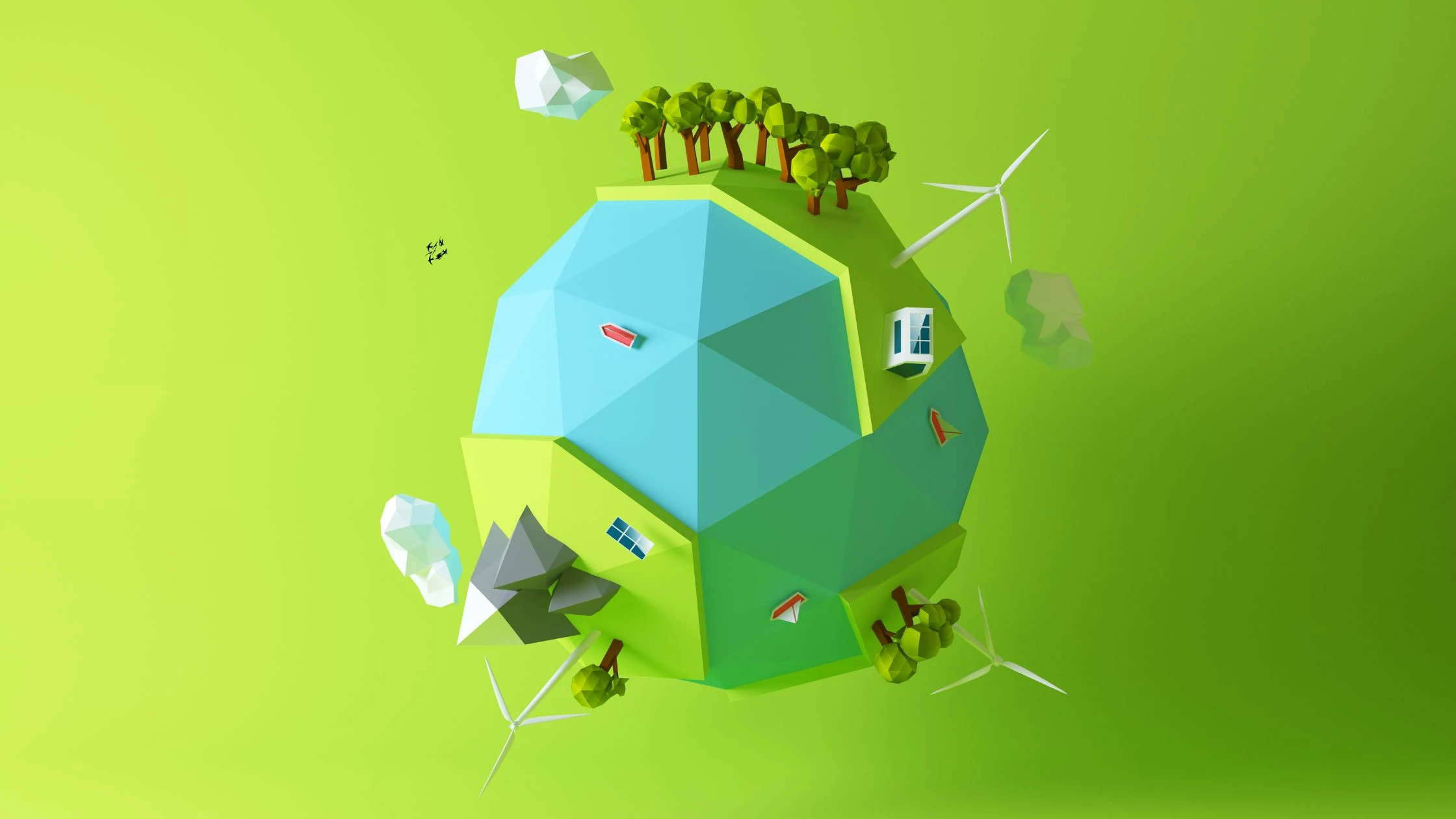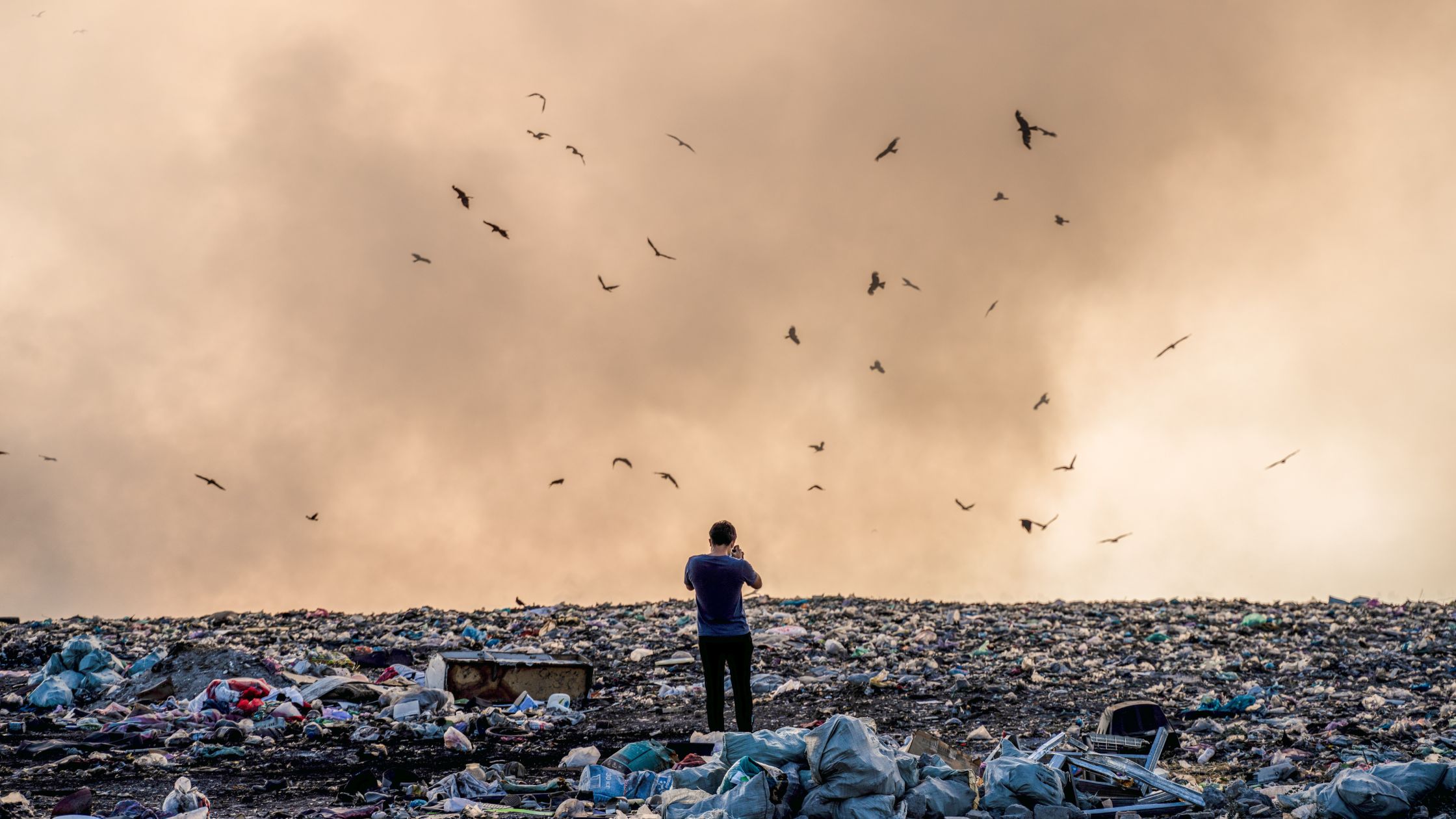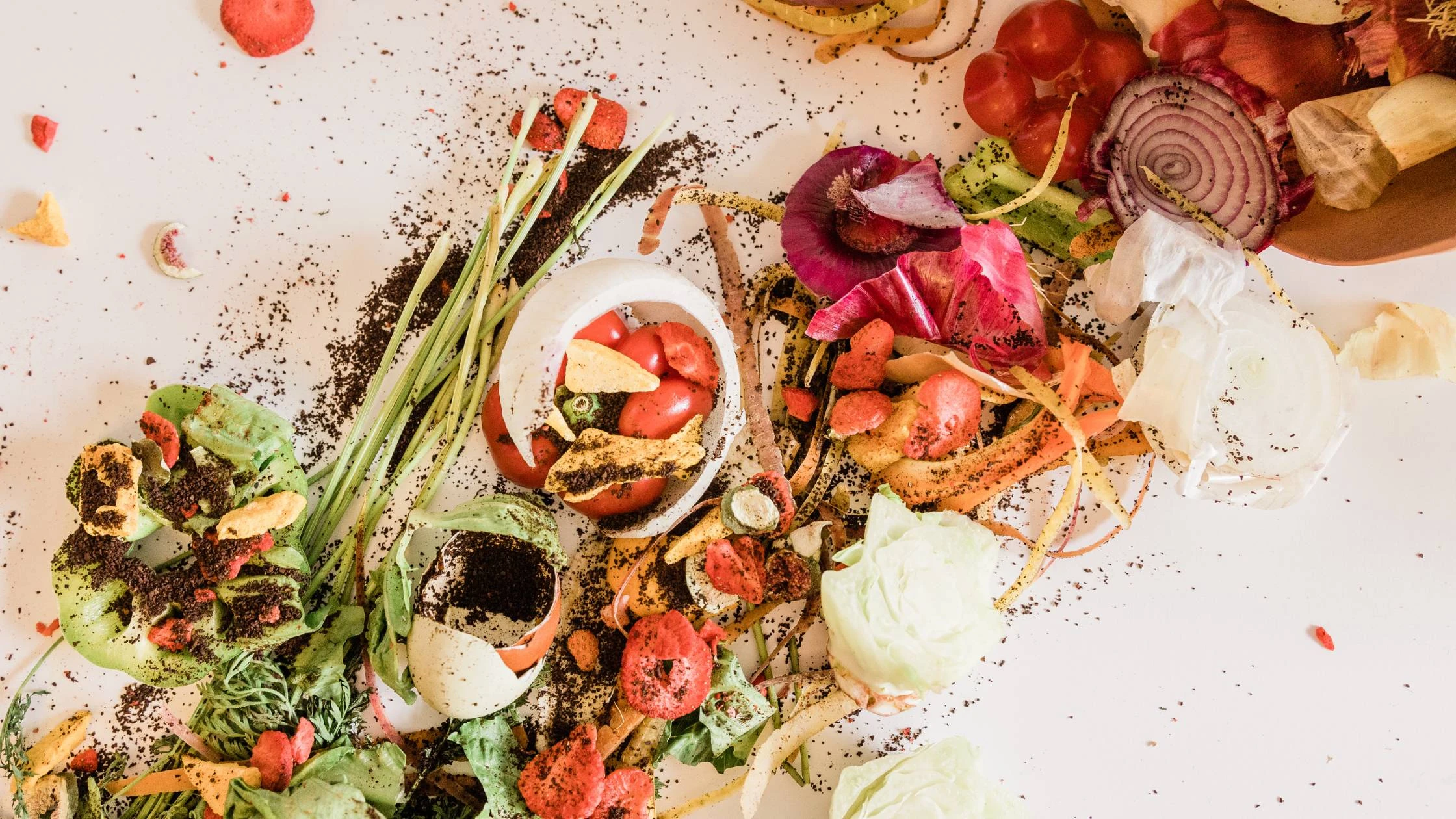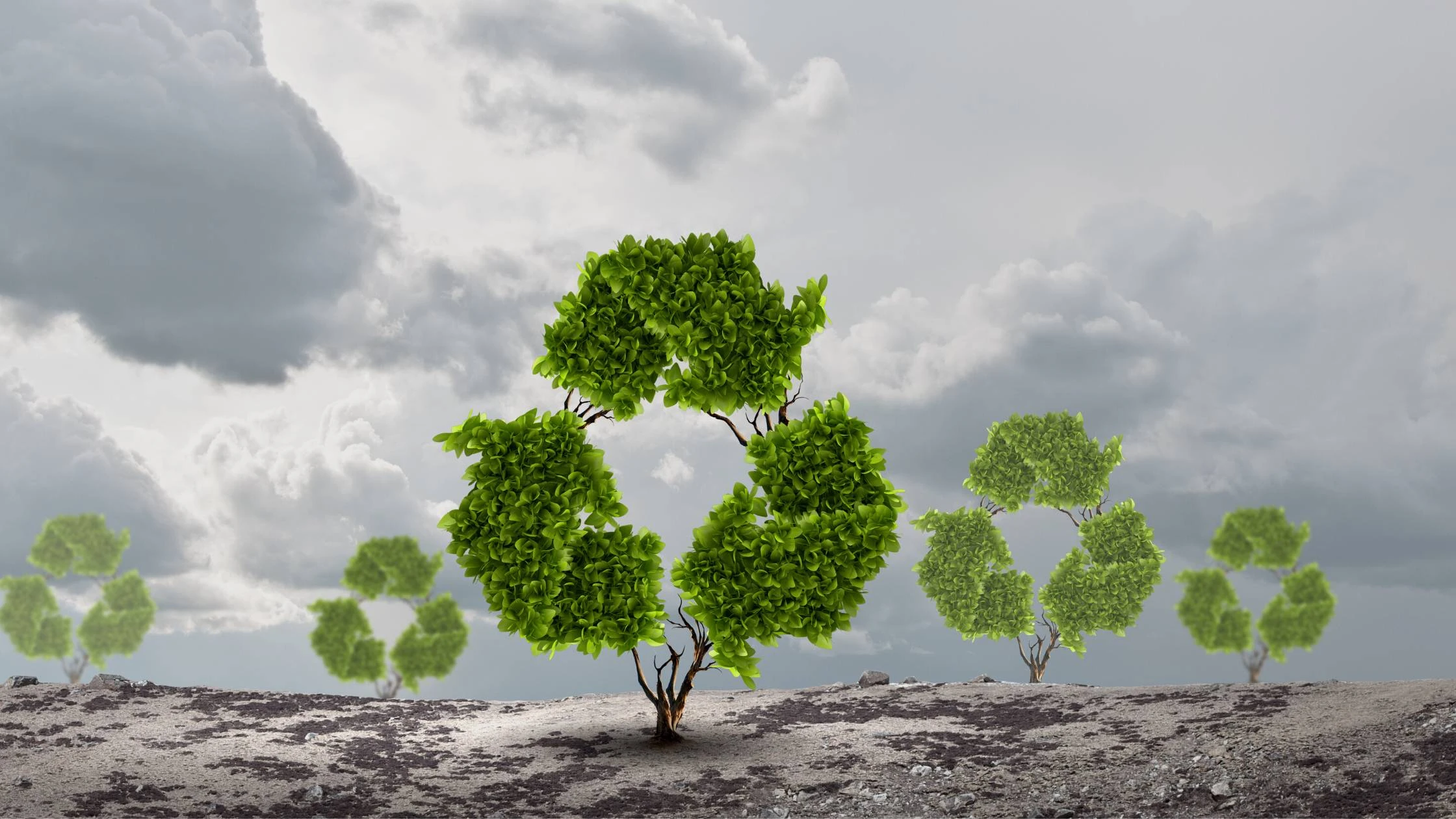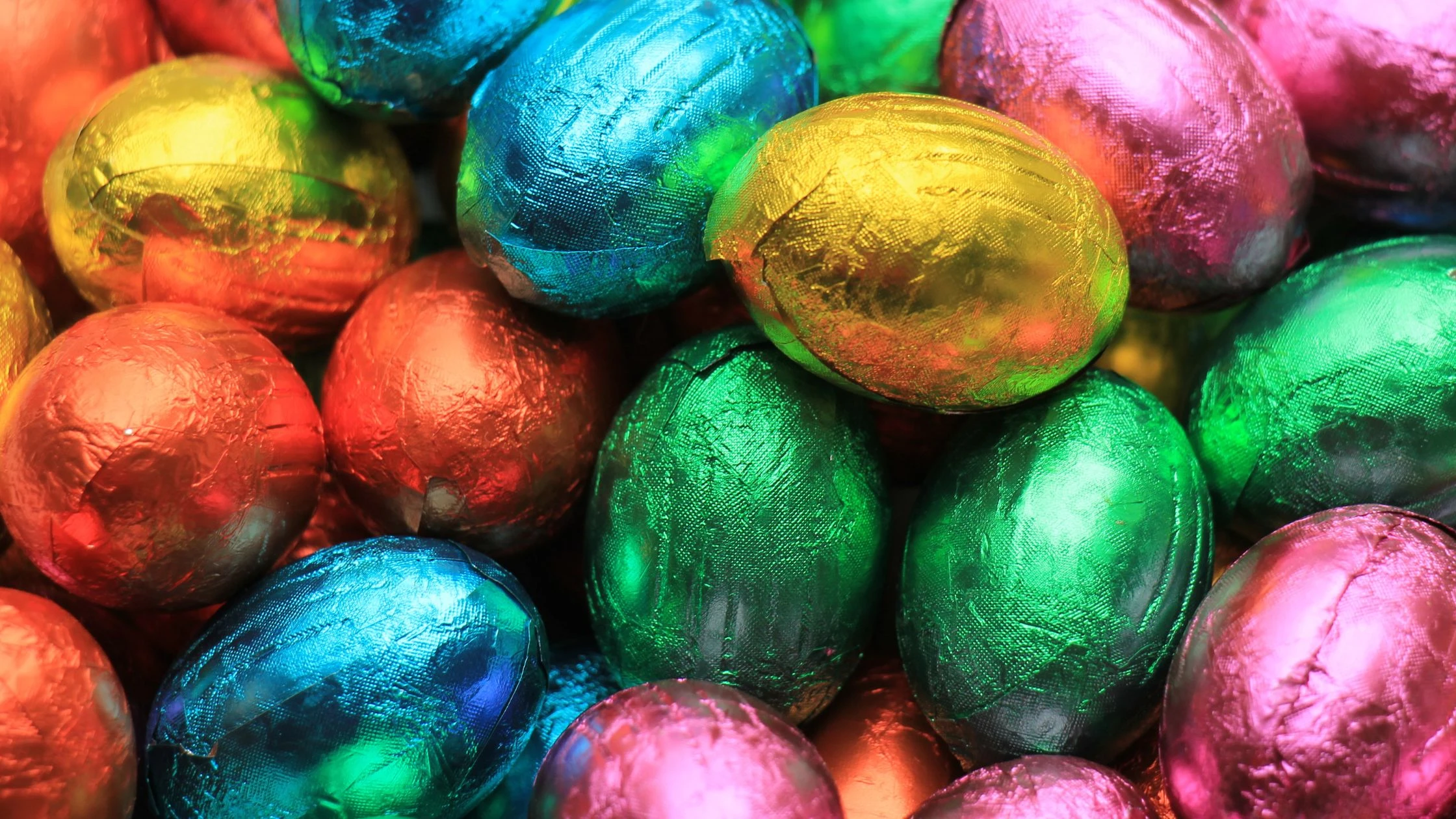
Easter is here, and for many of us, that means one thing: chocolate. Specifically, chocolate eggs. Easter is a time for celebrating new beginnings and rebirth, but unfortunately, the lifecycle of Easter eggs can be less than environmentally friendly. From the production of the chocolate itself to the disposal of packaging, there are many steps along the way that can have a negative impact on the planet.
In the UK, it is estimated that 80 million Easter eggs are sold each year, generating around 3,000 tonnes of packaging waste.
But fear not; there are ways to have a more eco-friendly Easter without sacrificing the fun.
The lifecycle of an Easter Egg
First, let’s talk about the lifecycle of an Easter egg. It all starts with the production of chocolate, which can involve the use of palm oil, a crop that is responsible for deforestation and habitat destruction in many parts of the world. Palm oil is a cheap vegetable oil, which can be irresponsibly sourced. Then, the chocolate is packaged in plastic and cardboard, which often ends up in landfill or the ocean. Finally, the egg is consumed, and the foil wrapper is either thrown away or recycled.
While almost everyone enjoys a chocolate egg during Easter, the plastic and cardboard packaging typically accounts for over a quarter of the total weight of the most popular Easter eggs on sale, according to a 2018 Which? report. In 2022, Mars Wrigley UK announced that it has reduced packaging by 142 tonnes and plastic by six tonnes across its Easter egg portfolio., meaning that 97% of its Easter egg portfolio in the UK is now plastic free.
Mars says it achieved the reduction by redesigning the packaging it uses to protect Easter eggs as they’re transported to shops. Mars says the move progresses Mars Incorporated’s global goal to develop packaging that is 100% reusable, recyclable, or compostable. It also says the move is part of its commitment to achieving net zero greenhouse gas emissions across its full value chain by 2050.
UK supermarkets have also been making changes to Easter eggs to be more eco-friendly.
Waitrose
In 2021, Waitrose announced it would be halving the single-use plastic on all of its own-brand Easter eggs and confectionery. Thousands of the grocer’s own-brand Easter eggs will contain 44 per cent less plastic and 18 per cent less cardboard.
Instead, the majority of the Easter egg packaging will now be made from recycled materials, including the Waitrose Squiggle Eggs and Milk Chocolate Hen with Speckled Eggs which are made from 80 per cent recycled content.
Aldi
Aldi has committed to remove plastic packaging from its entire Easter egg range. The supermarket switched from plastic packaging to pulp trays on its remaining egg lines, meaning all Easter egg packaging in England and Wales should now be plastic-free.
This change has seen the removal of 900 tonnes of non-recyclable plastic each year – equating to 24 million pieces of plastic. It’s part of Aldi’s pledge to halve the volume of plastic packaging used by 2025. This will see it remove 74,000 tonnes – or 2.2 billion single items – of plastic packaging from products over the next five years.
The supermarket, which has been carbon neutral since January 2019, is also on track to have all own-label products as recyclable, reusable or compostable by 2022, and branded products sold at Aldi by 2025.
Co-op
The Co-op is removing plastic packaging from its Easter eggs as part of its ambitious commitment to make 100 per cent of its own-brand packaging easy to recycle by the end of 2021. Co-op said it would end the use of plastic inner packaging and windows for all five of its hollow Fairtrade Easter eggs, saving more than 14 tonnes of unnecessary plastic.
So, what can we do to make Easter eggs more eco-friendly? Here are a few tips:
Look for eco-friendly chocolate
When buying Easter eggs, look for brands that use sustainable and ethical practices. Choose chocolate that is Fairtrade or Rainforest Alliance certified, and avoid brands that use palm oil.
Make your own Easter eggs
If you’re feeling creative, why not try making your own Easter eggs? You can use eco-friendly chocolate and choose your own packaging, or even use reusable moulds. Wooden, ceramic, or cloth eggs can still hide treats inside, or you could paint them with the kids.
Choose alternative gifts
Consider giving alternative gifts instead of Easter eggs. You could give a potted plant or seeds for the garden, or a homemade treat that doesn’t involve packaging waste.
Reduce packaging waste
Choose Easter eggs with minimal packaging or packaging that is made from eco-friendly materials. You can also opt for Easter eggs that come in cardboard packaging instead of plastic. Montezumas offer completely sustainable packaging – check out their video explaining how they’ve achieved this.
Reuse or recycle foil wrappers
Instead of throwing away the foil wrapper, try to reuse it or recycle it. You can use it for crafts or decorations, or simply recycle it along with your other aluminium products.
How to recycle your Easter egg packaging
Easter can be fun time for all family with many people exchanging gifts, particularly chocolate eggs and other chocolate items.
With such gifts there can be a lot of packaging and it’s really important for the environment that you try to re-use as much as possible, and if you can’t, know how to recycle it correctly. For information on other, non-Easter items check out our A-Z recycling index and find out what happens to your recycling on this webpage.
Below is a list of common items at Easter time and information on which bins/boxes they should go in.
Clear plastic Easter egg containers
Should go in the glass/cans/plastic recycling (small green bin/black box).
The foil which chocolate eggs are wrapped in
Most Easter eggs are wrapped in foil, which is widely recycled in the UK and can go in the glass/cans/plastic recycling container (small green bin/black box). Try to scrunch it up into a ball and make sure it’s not covered in chocolate or it might not be able to be recycled.
Creme Egg foil wrappers (and similar) can go in the glass/cans/plastic recycling container (small green bin/black box).
So, there you have it, folks: a quick guide to the environmental impact of Easter eggs and some tips on how to have a more eco-friendly Easter. By making a few small changes, we can all do our part to reduce our impact on the planet and still enjoy all the fun and deliciousness that Easter has to offer.
While selecting your Easter eggs from the supermarket or enjoying some well-deserved chocolate over the bank holiday, please don’t forget the impact of your packaging and how you can recycle it.
Happy Easter!
Ready to start being an Earth saviour?
Contact us today.

